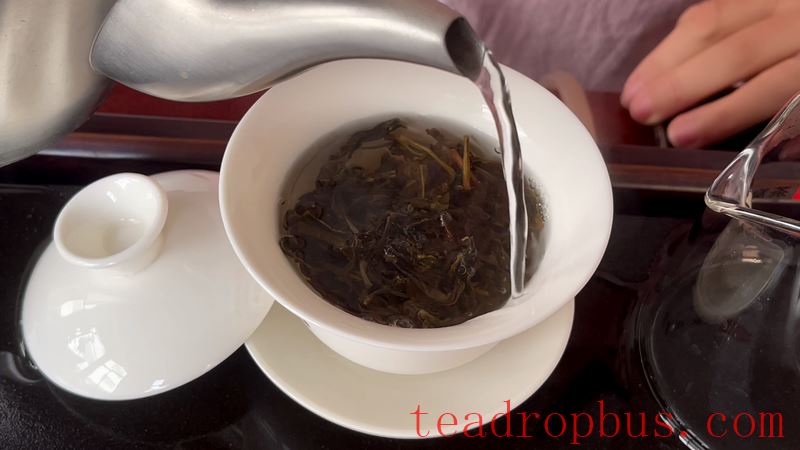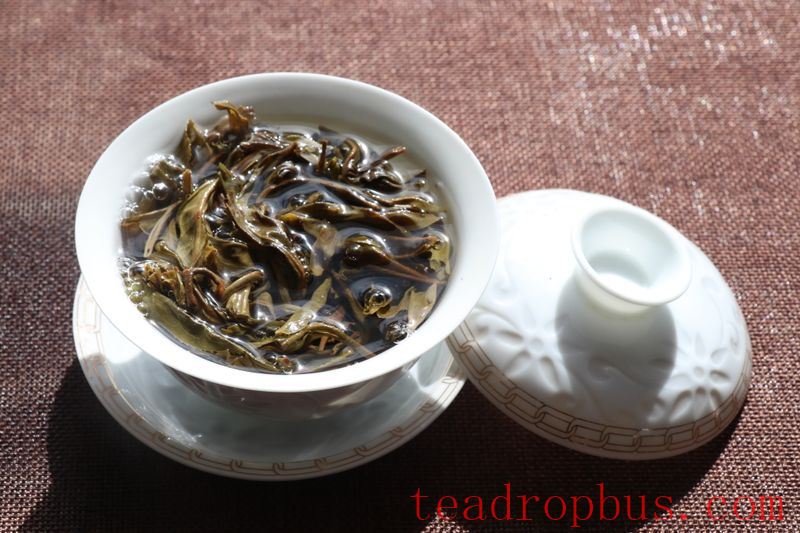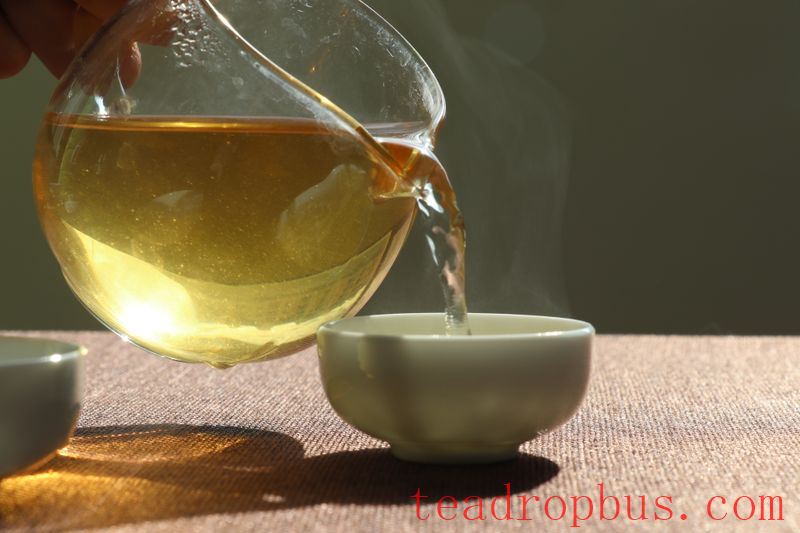Tea brewing is an art. To brew a good pot of tea, there are two fundamental conditions: the quality of the tea itself and the skill in brewing it. To brew your own good Cup of tea, mastering techniques is crucial. Tea brewing, with its simple steps—adding tea, pouring water, and decanting the infusion—seems easy but can be challenging to execute. For beginners, the three elements of tea brewing are very useful, almost like a beginner's guide, perfect for those learning to brew tea. The three elements of tea brewing include the amount of tea used, water temperature, and steeping time. Changes in the amount of tea, water temperature, method of pouring water, and timing of decanting can subtly influence the tea's flavor.

What are the three major tricks of tea brewing?
1. Master the tea-to-water ratio
When brewing tea, the tea-to-water ratio is crucial. It's not true that more tea always results in better taste; sometimes too much can be detrimental. To enjoy a great flavor, we need to control the tea-to-water ratio. Different types of tea require different ratios. For Green Tea and Yellow Tea, the ratio is approximately 1:50. If using a typical 300 ml glass cup, about 6 grams of tea would be sufficient.
The tea-to-water ratio for Black Tea and Pu'er tea is around 1:25, requiring slightly more tea than green or yellow teas. For oolong tea and dark tea, the ratio is roughly 1:15. The tea-to-water ratio for aged white tea is similar to that of Pu'er tea. It doesn't have to be precise, as long as it's approximate, ensuring both good flavor and respect for the quality of the tea.

2. Master the water temperature
Different types of tea have varying requirements for water temperature, which can differ significantly. Using the same hot water temperature for all teas can result in flavors not being fully expressed, wasting both time and the potential for a good cup. When brewing different types of tea, the speed at which their compounds are released varies, necessitating different water temperatures to balance the flavor. If the water is too hot, some teas will produce a bitter taste. For example, when brewing green tea, water at 80-85°C is typically used. Using boiling water can make the tea bitter, cause the leaves to turn yellow, and lose their fresh green color.
Black tea generally requires water at 90-95°C.
Pu'er, oolong, and dark teas require 100°C water.
White tea requires water at 95-100°C.
3. Control the steeping time
The quality of the tea infusion is influenced by the amount of tea, water temperature, and steeping time. Controlling the decanting time is essential. Some teas, if steeped for too long, may become darker in color but lighter in taste. Therefore, it's important to master the steeping time for different types of tea to prevent losing flavor. How do we determine the optimal steeping time for tea?

Generally:
Green and yellow teas are unfermented and should not be steeped for too long. The ideal decanting time is around 10 seconds, ensuring a suitable strength without damaging the tea's active components. For black tea and oolong tea, the first infusion should be quick, with the tea decanted within 5 seconds, and then each subsequent infusion can be extended by 2-3 seconds.
Dark teas, being compressed, often require a preliminary rinse before brewing, so the first infusion should take around 7 seconds. Compared to other teas, dark teas are more resilient and can withstand longer steeping times.
The decanting time for white tea needs to be longer. The first infusion is usually around 20 seconds. If you prefer a stronger taste, you can extend the steeping time to 30-45 seconds without negatively affecting the overall flavor.

Have you noticed that the same tea can taste different when brewed by different people? From preparing the tea to heating the water and brewing, every step can impact the final infusion. As the saying goes, “the devil is in the details.” Brewing tea is both a technical and meticulous endeavor. Whether the tea tastes good or not depends on whether you pay attention to these details and methods.